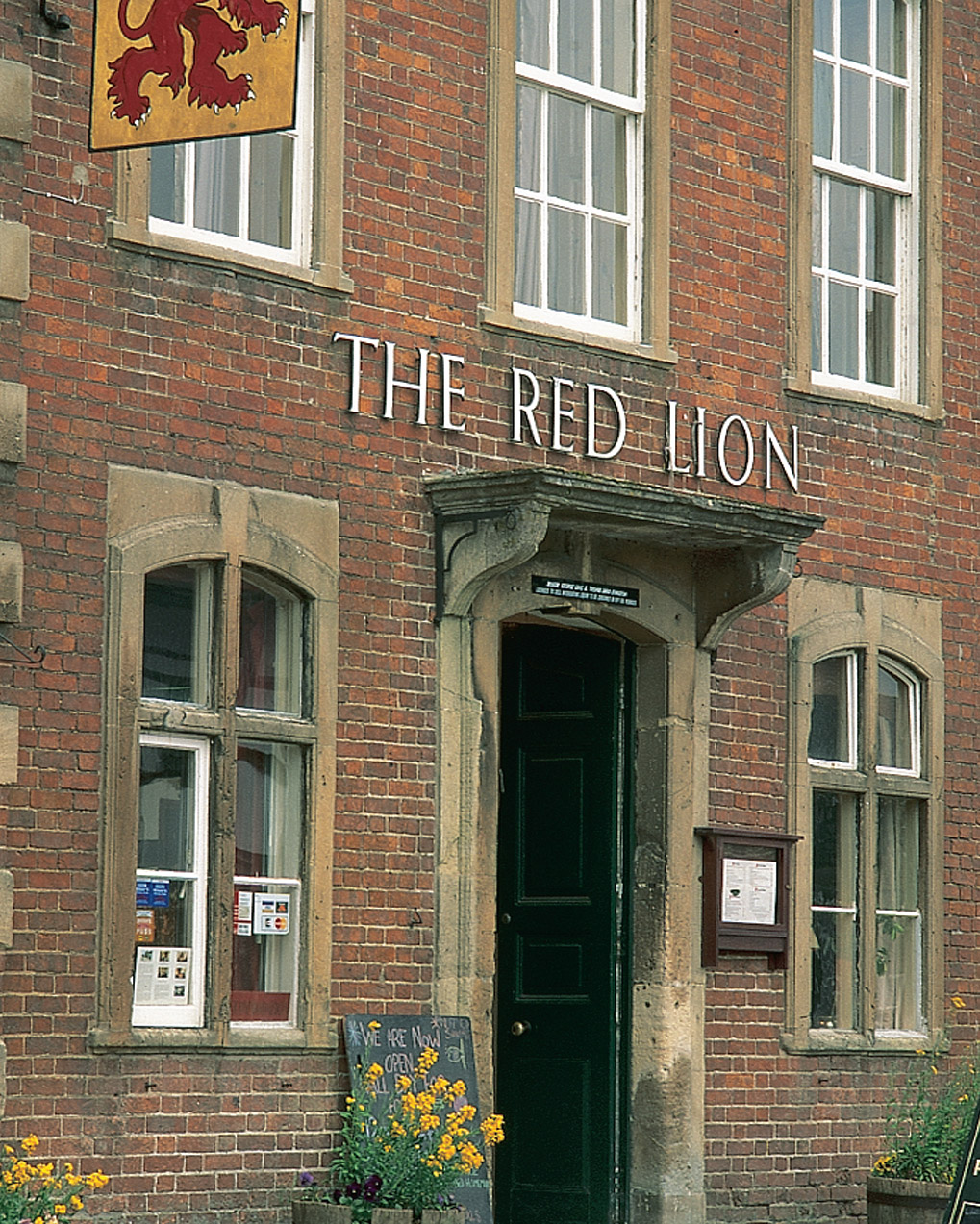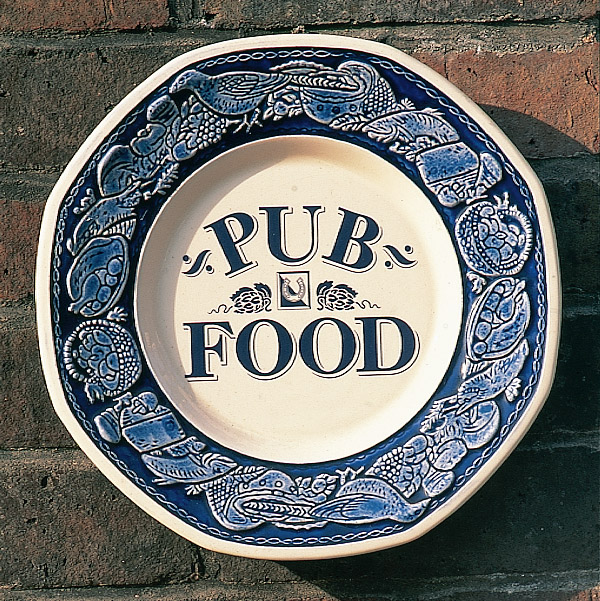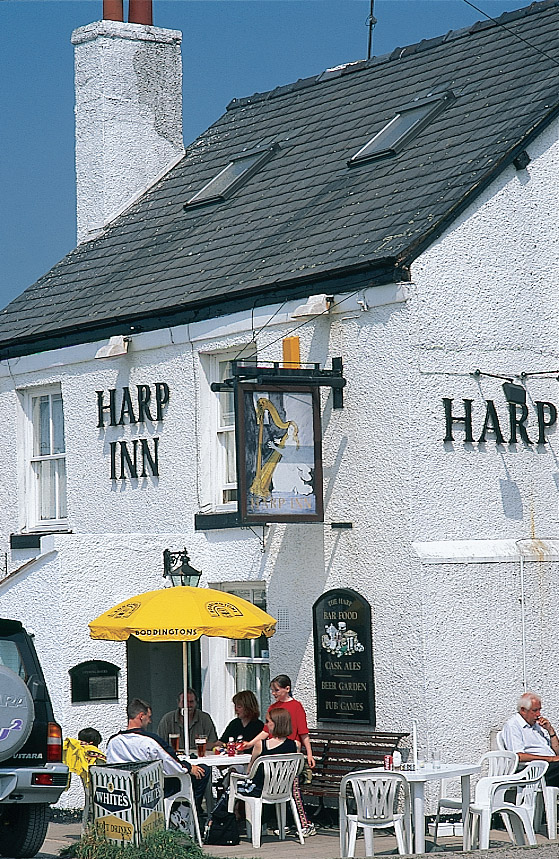
The Village Pub
[caption id="TheCountrysideTraveler_img1" align="aligncenter" width="1019"]

JIM HARGAN
[caption id="TheCountrysideTraveler_img2" align="aligncenter" width="600"]

JIM HARGAN
[caption id="TheCountrysideTraveler_img3" align="aligncenter" width="559"]

JIM HARGAN
THE VILLAGE LOCAL, OR PUB, was born of the 18th-century carriage road trade as a place where people of all classes (and their horses) could eat and sleep. It quickly became the center of village life, where locals relaxed, met their friends, talked and played games. It was semi-democratic—laborers and gentry were strictly segregated, but within each of those two groups everyone mixed. Drink choice remained centered on locally brewed ale, for centuries the country dweller’s drink of choice. The public house could be owned by a brewery, in which case it was a “tied house,” or it could be owned by the publican, and known as a “free house.”
This was the village pub of two centuries ago—and, more often than not, it’s the village pub of today. And for good reason, because the really traditional pubs are a lot of fun.
Neophyte American tourists are apt to be intimidated by their first approach to a truly traditional pub. It has two doors: one labeled “Public Bar,” the other “Saloon Bar” (or “Lounge Bar”). The public bar is for the local workpeople; it’s a place where they can tramp in with muddy boots, tell colorful stories and get rowdy. The saloon bar is for the middle classes and the gentry; it has nice furniture, a carpet, a fire—and higher prices. The saloon bar is friendly and open to travelers, while the public bar is frequently tight and clubby. Use the public bar only if you’ve been hiking outdoors and your boots are dirty. You never track mud into the saloon bar. It isn’t done.
In Scotland things are a wee bit different. A Highland pub is invariably part of a hotel. Its saloon bar is entered from the lobby, while its public bar has a separate entrance outside with its own sign, which may just say “Bar.” Again, use the saloon bar unless your boots are muddy.
Now you are inside—what next? In America, you would sit down and wait for service. In a pub, you will grow old and gray before you get table service. Instead, march right up to the bar and place your drink order. While the bartender pours your drinks, decide what you are going to eat. Place your food order and pay the bartender for everything. The traditional pub is strictly pay-as-you-go.
About that drink order. The traditional pub has only beer, wine, “whisky” (Scotch), gin and brandy. There are two kinds of beer. First are the modern industrial products that we swill in the United States, known in Britain as keg beers. These can be lagers (including Budweiser and Foster’s) and ales (brown beers). If you dislike trying anything new, stay with the keg lagers, which taste similar to American beers. However, experienced travelers know that real ale is the glory of the British countryside. Also known as cask ale and traditional ale, this is old-fashioned beer, brewed nearby, with no extra modern processing. It is superb—cool, creamy, smooth and rich. The Brits prefer “bitter” (what we call “pale ale”), and this comes in three strengths: mild bitter, best bitter (the most popular) and IPA (which stands for India Pale Ale). Beer is served in 20-ounce (U.S.) “pints” and is generally more alcoholic than American beer.
Beer is the traditional pub drink, but there are others. You will have a good choice of whiskies, including single malts such as Laphroaig and Glenlivet. Whisky is always served neat in a small glass, and you add water to taste from a small pitcher on the bar. If you ask for ice, the bartender will put exactly one cube in your drink. You can also get wine by the glass these days, and this varies in quality as much as in the States. Want something nonalcoholic? You will have a choice of soft drinks (also with little or no ice), coffee, hot tea, fruit juice and a strange concoction of water with citric acid and sugar that the British call lemonade.
In the countryside, the village local is by far your best bet for lunch—served noon to 2 p.m., no exceptions. Expect food that is fresh, simple and delicious. The best selections are the ones that change daily and are posted on the chalkboard; there will also be a menu at the bar. You order at the bar, but the food will be brought to your table. If you want a sandwich, ask for a “roll,” and you will get a crusty roll filled with meat. In Britspeak, a “sandwich” is a dainty little thing upon which refined ladies nibble while sipping tiny cups of tea.
How do you pick a good pub? First of all, watch out for modernization. Avoid any pub owned by a chain other than a brewery. A first-rate pub will have the traditional two areas, and the saloon bar should be further subdivided into smaller rooms and spaces. Avoid pubs that look like restaurants; tables should be tiny, haphazard and crowded together. Second, learn to spot a poorly run pub. The walls, windows, saloon bar and restrooms (called the loo) should all be clean. If the chalkboard is erased and redone frequently, it’s a sign that the kitchen has a creative chef. And look for a pub that has traditional ales, even if you aren’t going to have one. This is Britain; tradition is important.
Next time, look for some hard-hitting journalism about the villages themselves. What, exactly, are they doing there scattered all over the countryside looking so quaint and pretty? And who put them there? I’ll uncover a giant village conspiracy that goes back to King Alfred the Great.





Comments